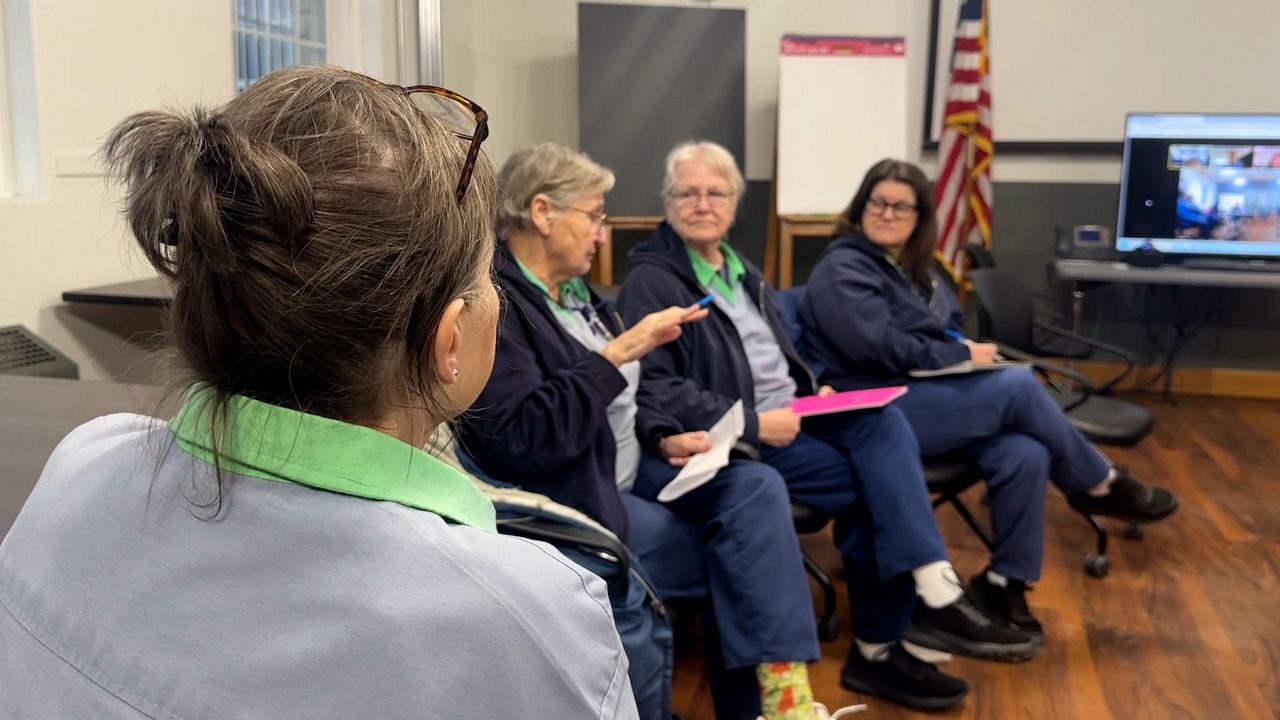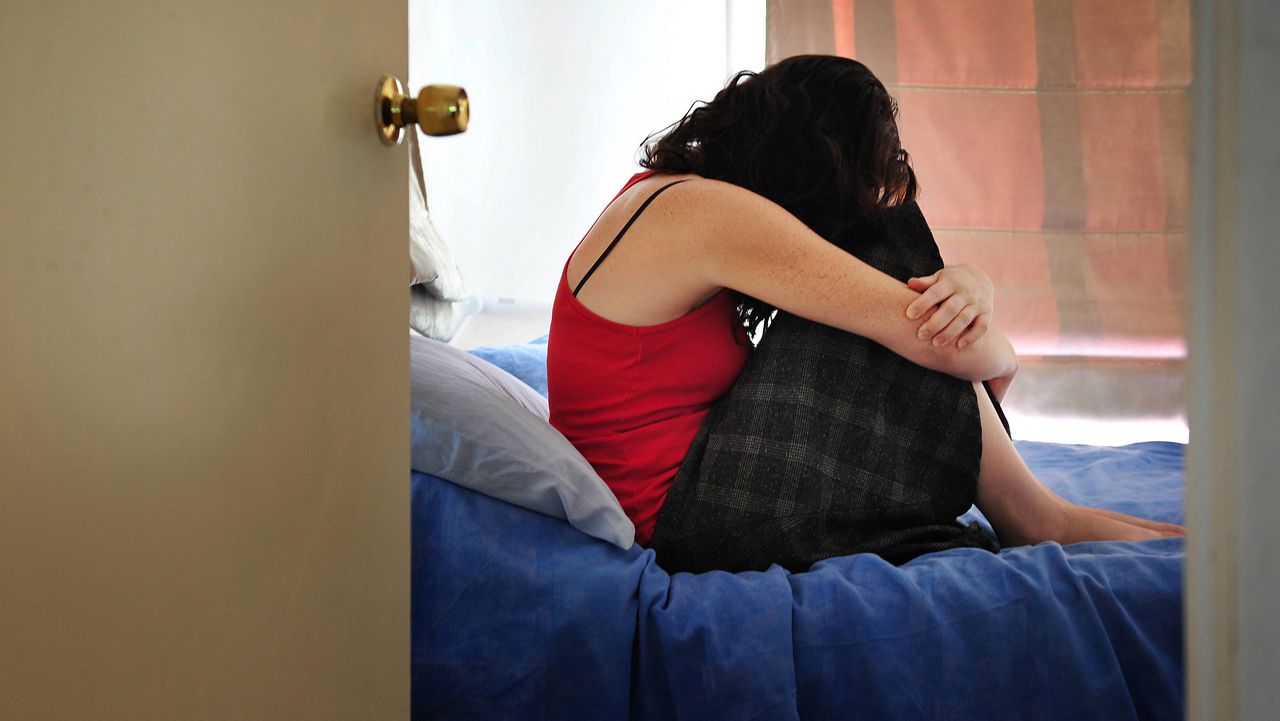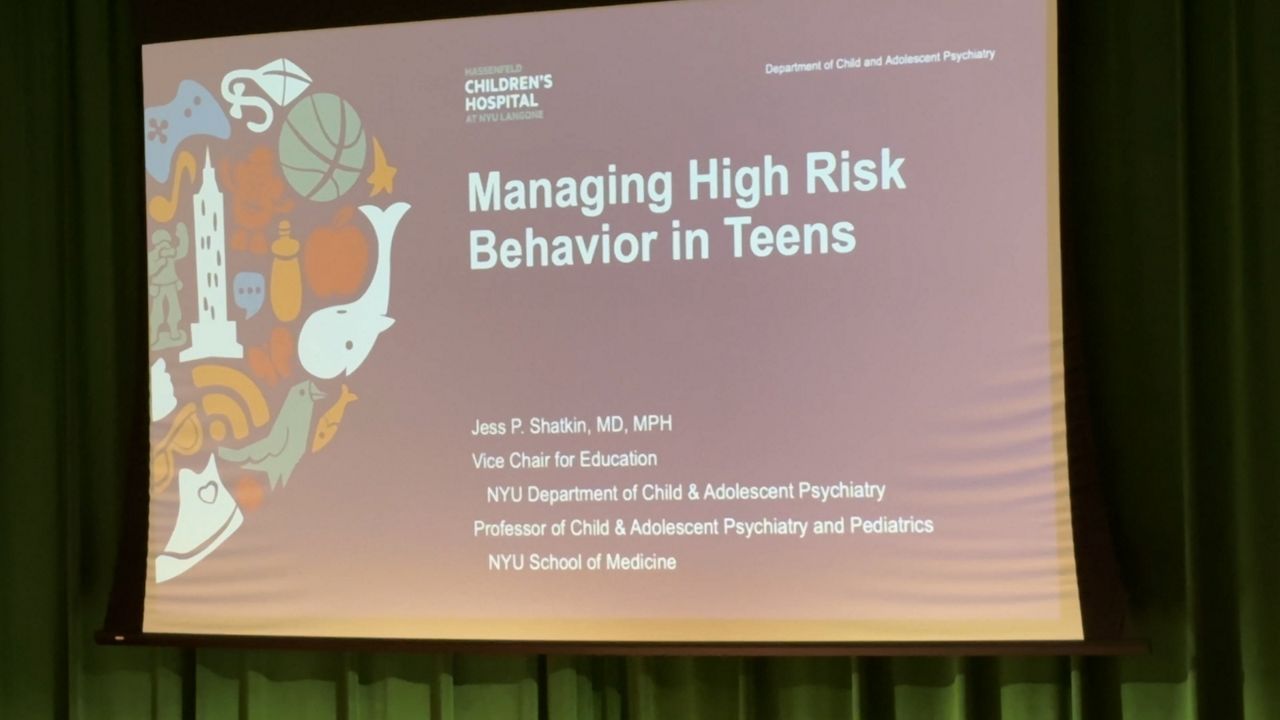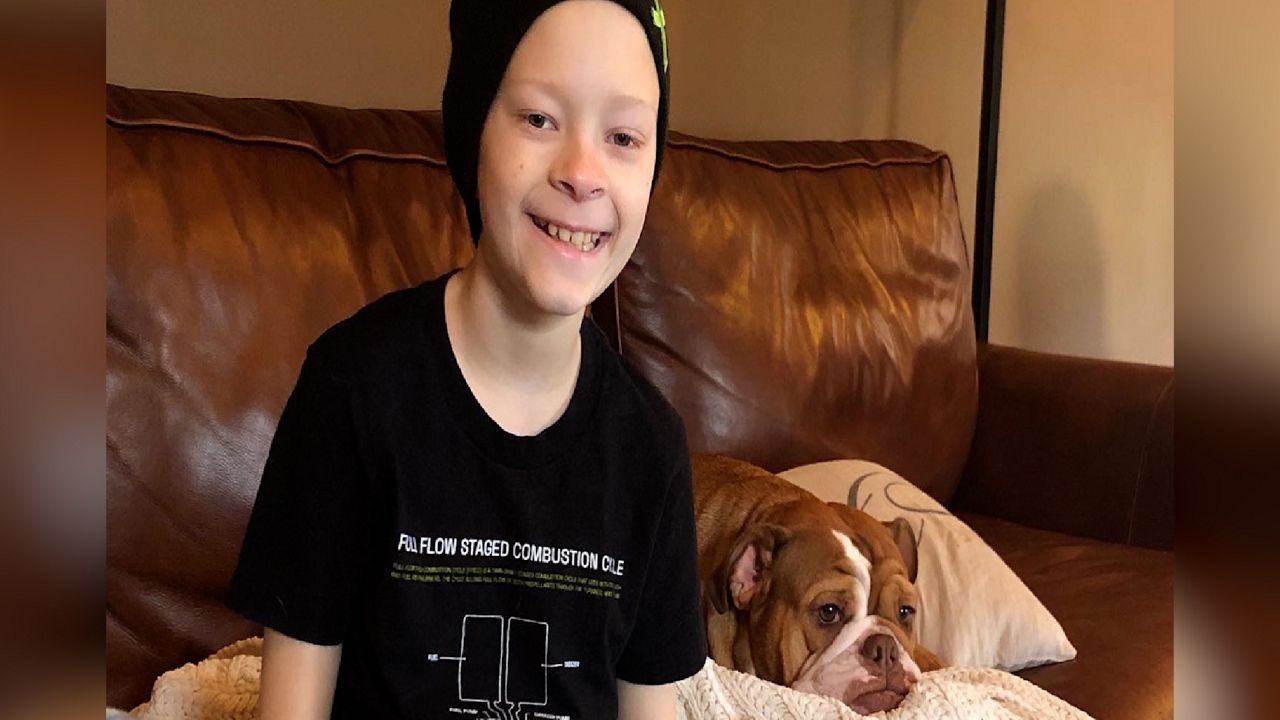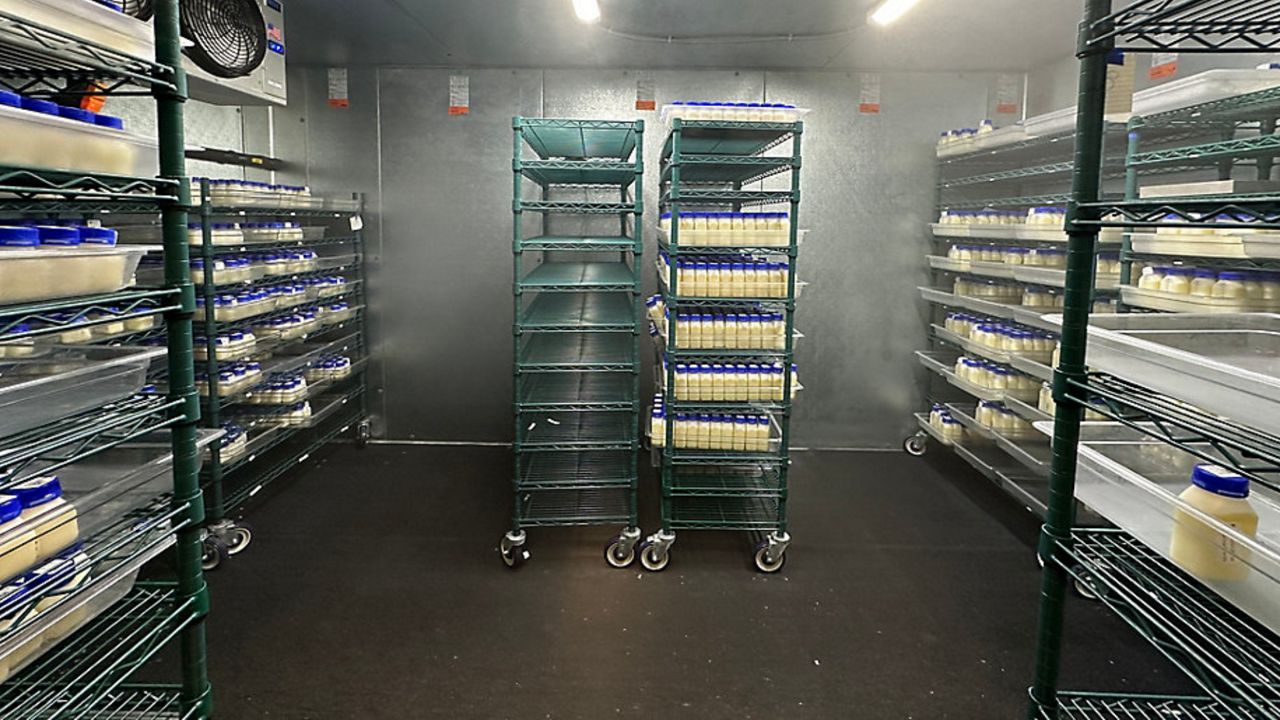OHIO — A recent report showed the first possible human case of bird flu in Ohio, but experts said the risk is low in general.
People who are in close contact with poultry should be careful, according to Dr. Jacqueline Nolting, an assistant professor of veterinary preventive medicine at The Ohio State University College of Veterinary Medicine.
“For the last 19 years, I have been studying influenza viruses in wild waterfowl,” Nolting said. “Really rare. I don’t think that just from feeding birds, like being in the same environment, that it’s probably a risk.”
Nolting said the risk for humans is bigger when they’re handling a bird that may be infected.
Still, people worry about how this disease can be spread.
“There’s not any evidence that the virus is being transmitted human to human,” Nolting said. “If [an animal] was infected and then you touched your eyes or nose or mouth, then you could potentially become infected.”
Nolting said wild animals rarely show symptoms, but you might see signs with poultry.
“Maybe if they’re like off by themselves and kind of not in the flock, you might have an indication that there’s something a little wrong with them, but it’s more likely you would just find a dead bird,” Nolting said. “[Poultry] are going to have like discolored calves and wattles and mucosal discharge, they can kind of cough.”
As for consuming birds, the Ohio Poultry Association sent a statement saying in part:
“Ohio’s egg, chicken and turkey farmers are committed to caring for their flocks and doing all that is possible to prevent the introduction of highly pathogenic avian influenza (HPAI), also called bird flu, on their farms. HPAI is devastating to farmers and the birds they raise. Extensive on-farm biosecurity and stringent disease prevention practices in place are effective, but not foolproof, and the migration of wild birds and waterfowl spreading the disease have led to continued cases of bird flu in Ohio’s commercial poultry flocks.”
The department said the Ohio Department of Agriculture and USDA have worked with farmers in counties affected by the virus. OPA said farms are working with federal and state officials to prevent the disease from spreading.
The Ohio Poultry Association said that both USDA and FDA confirm the disease cannot be transmitted through safely handled and throughly cooked meat or eggs.
OPA’s statement continued:
“Caring for our teams is always a top priority. Affected farms in Ohio have been deliberate in their efforts to protect their farm workers, including providing all necessary personal protective equipment, such as coveralls, masks and goggles. Farms are also carefully monitoring health symptoms of workers and encouraging workers to contact their local health department with concerns.”
“OPA urges all poultry owners to remain in a heightened state of biosecurity and disease prevention practices, including limiting on-farm visitors and vehicles. We greatly value the support and guidance of USDA and the Ohio Department of Agriculture as we navigate this difficult time.”
People who may have been exposed to a sick or dead bird should monitor themselves for any new respiratory symptoms and contact their health care provider or local health department should they develop symptoms, according to the Ohio Department of Health.
Ohioans can report birds with unusual signs, or dead, to the Ohio Department of Natural Resources (ODNR) at 1-800-WILDLIFE and ill or dead poultry to the ODA at 614-728-6220.
Nolting said protective equipment can help if people are going to be working around sick animals.
“N95 respirator and glove are really, you know, pretty crucial pieces of PPE for people to wear and then washing hands,” Nolting said.






